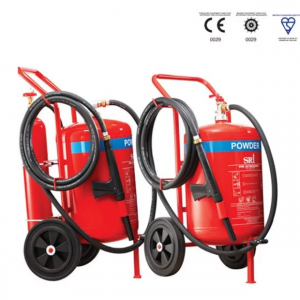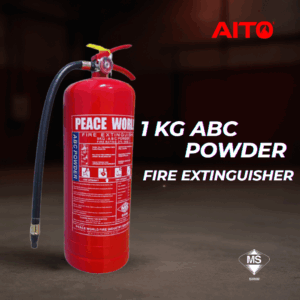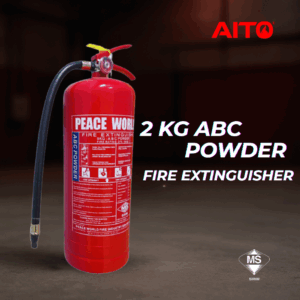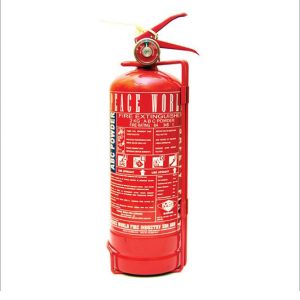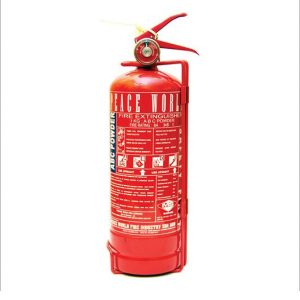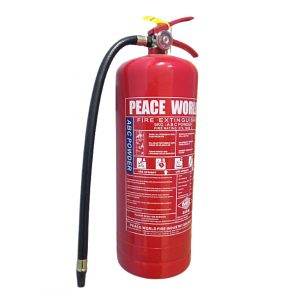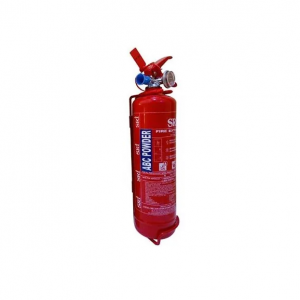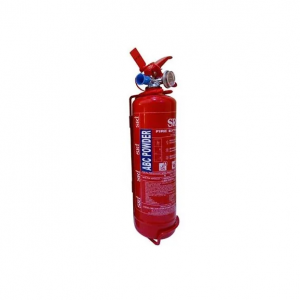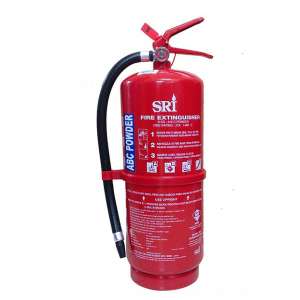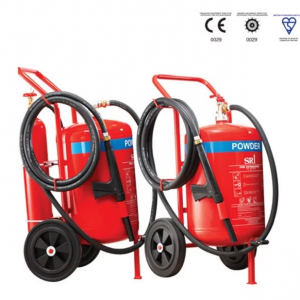REVEALED: THE FASCINATING FACTS (AND COMMON MYTHS) ABOUT EXPLOSION OF ‘HELIUM’ BALLOONS IN MALAYSIA
Have you ever been at a place of an opening ceremony where there were the whole bunch of colourful floating balloons for a gimmick purpose? Or maybe floating balloons on your ceiling wall for a birthday or anniversary celebration surprise setting up by private event management in your own house? Oh! I’ve almost forgotten, how about the appearance of a group of decorative balloon sold by traders in such crowded area like the ‘night market’, funfair expo or any festival event where there were hundreds or maybe thousands of people gathered and such decorative bright balloons with a variety of choice (superhero, cartoon or anime character) to attract and target our children? Well, just like others, we notice nothing about the hidden potential fire and explosion hazard that we might interfere from this so-called a helium claimed balloon.
Perhaps we should be blaming Peter Wothers, the Cambridge University chemist is calling for a ban on helium balloons, claiming that we should not be wasting such a precious gas on the party decorations. Moreover, not even the joy we could have in inhaling the gas to make our voices sound squeaky is enough to deflate the scientist’s objections. This is because he insists our limited resources should be used accordingly for other admittedly more pressing functions of cooling magnets in magnetic resonance imaging (MRI) scanners or helping newborn babies to breathe.
What went wrong?
Helium as a gas won’t threaten us but can be a suffocating substance in a case of replacing the air in a closed or confined place. For adverse health effects, helium is a non-toxic and inert. At low oxygen concentrations in air, unconsciousness and death may occur in seconds without warning. Helium chemical properties showed that it is non-flammable and does not explode at all. Even if it comes into contact with fire, it just pops no matter how huge the balloon was.
But hydrogen, it is highly flammable. Hydrogen gas forms explosive mixtures with air in concentrations (4-75%) with very wide flammability range compared to other fuels. Ironically, hydrogen gas is much cheaper than helium and can be obtained via H2O electrolysis, reacting of HCl with Zn or ‘homemade’ H2 method from waste aluminium cans.
While both helium (0.164 kg/m3) and hydrogen (0.082 kg/m3) are lighter than air (1.22 kg/m3) in terms of density and suitable for use to fill balloons. Thus, hydrogen is less dense than air 14 times. For this reason, it is the most appropriate lifting gas. Ignorance or sometimes disregard for safety rules happened due to its expensive price which may prompt some organisers to fill balloons with hydrogen instead of helium. Making a profit and reducing cost shouldn’t jeopardize the safety of the public.
On 12th October 2019, sixteen people, aged from four years to the late 30s, were taken to Putrajaya Hospital for treatment after a bunch of balloons exploded while being used as props for the education ministry’s 2019 National Sports Month event. The same incident occurred on 21st October 2016 in Terengganu when some 150 balloons meant to be released into the sky exploded into a ball of fire, injuring 31 people, including children. Again, the supplier of the balloons claimed they were filled with non-flammable helium gas! What a nonsense statement has been made to ‘escape’.
During helium explosion occurred, this reaction is highly exothermic, producing the prodigious explosion but for hydrogen only nor the helium. Simple craftsmen produce hydrogen from aluminium cans for soft drinks believing that it is helium. They fill the balloons with the produced gas (hydrogen) which can cause an explosion if caught fire. The subject is very dangerous considering that there is a belief by people that the gas produced by the methods described in the said research is helium but hydrogen which is a very dangerous gas in terms of fire.
Here are some recommendations to counter this issue in the future: –
- Increase awareness level in the culture of safety through the media in its various ways.
- Requires the federal and state to set strict controls to limit industrial production. That is incompatible with safety instructions by joint venture among respective authority.
- Purchase materials from reliable and approved places with proper documentation.
- Do not rely on publications on the Internet for dangerous experiments.
- Do not conduct dangerous experiments or manufacture hazardous materials at home.
- Consult specialists when there are doubts about the use of unknown materials.
- Enforce the law accordingly, judgement towards the culprit (both trader and supplier)

Figure 1.0: Mohammad Faiz Daniel Mohd Sufian with his mother Zuwati Mat Ali. The 12-year- old boy suffered burns to his face after the balloon disaster in Terengganu last Friday. PHOTOS: THE STAR/ASIA NEWS NETWORK


Figure 2.0: Hazard diamond for hydrogen and helium according to National Fire Protection Association (NFPA)
AITO Firework provides fire safety consultation that will help you to provide solutions for your business.
Email us now to discuss how our fire safety consultants can assist you to follow the regulations to ensure your business is meeting its obligations.


